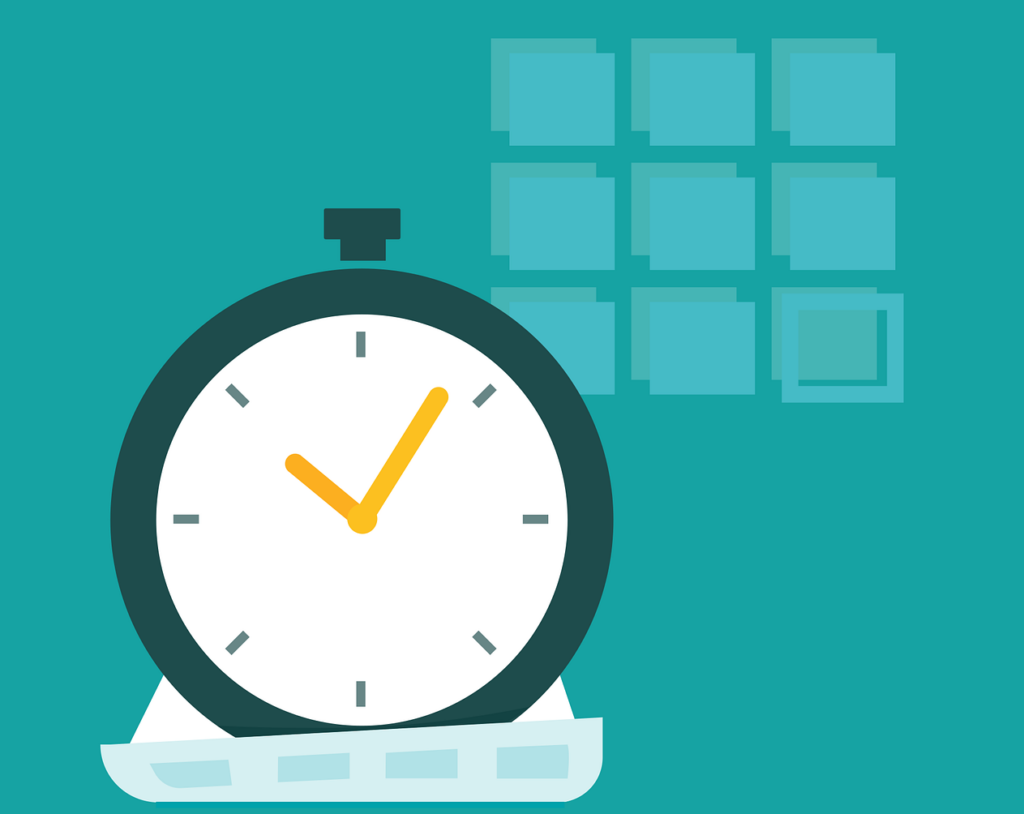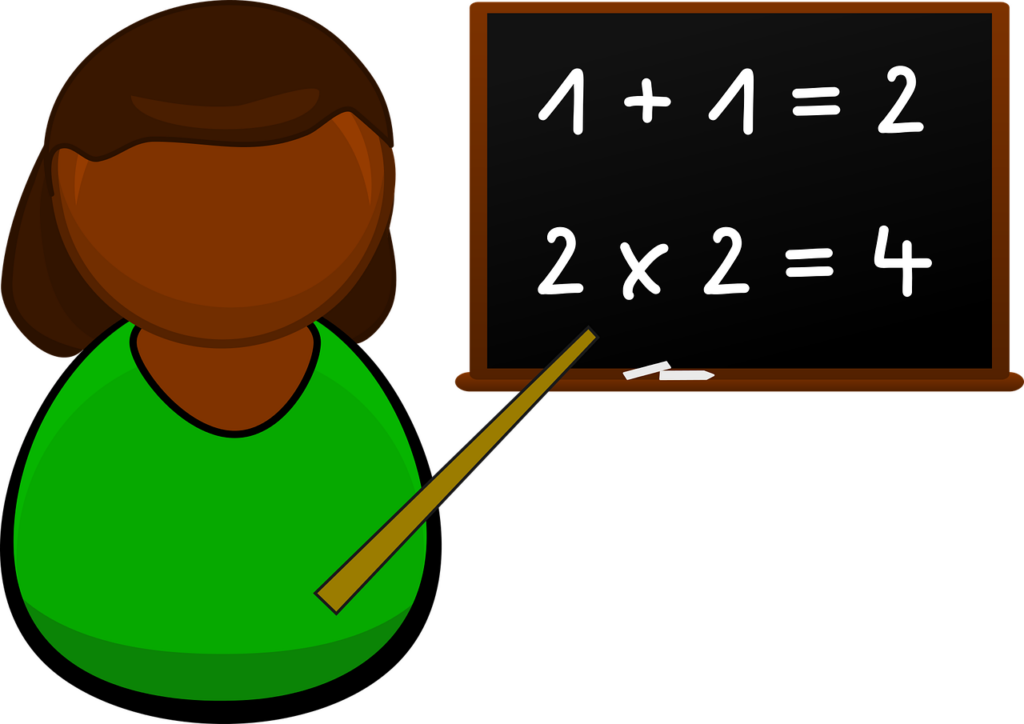Types of Stories
There are five different types of stories that are included here. Descriptions of these types of stories, and links to numerous videos with accompanying materials can be found on the pages below.
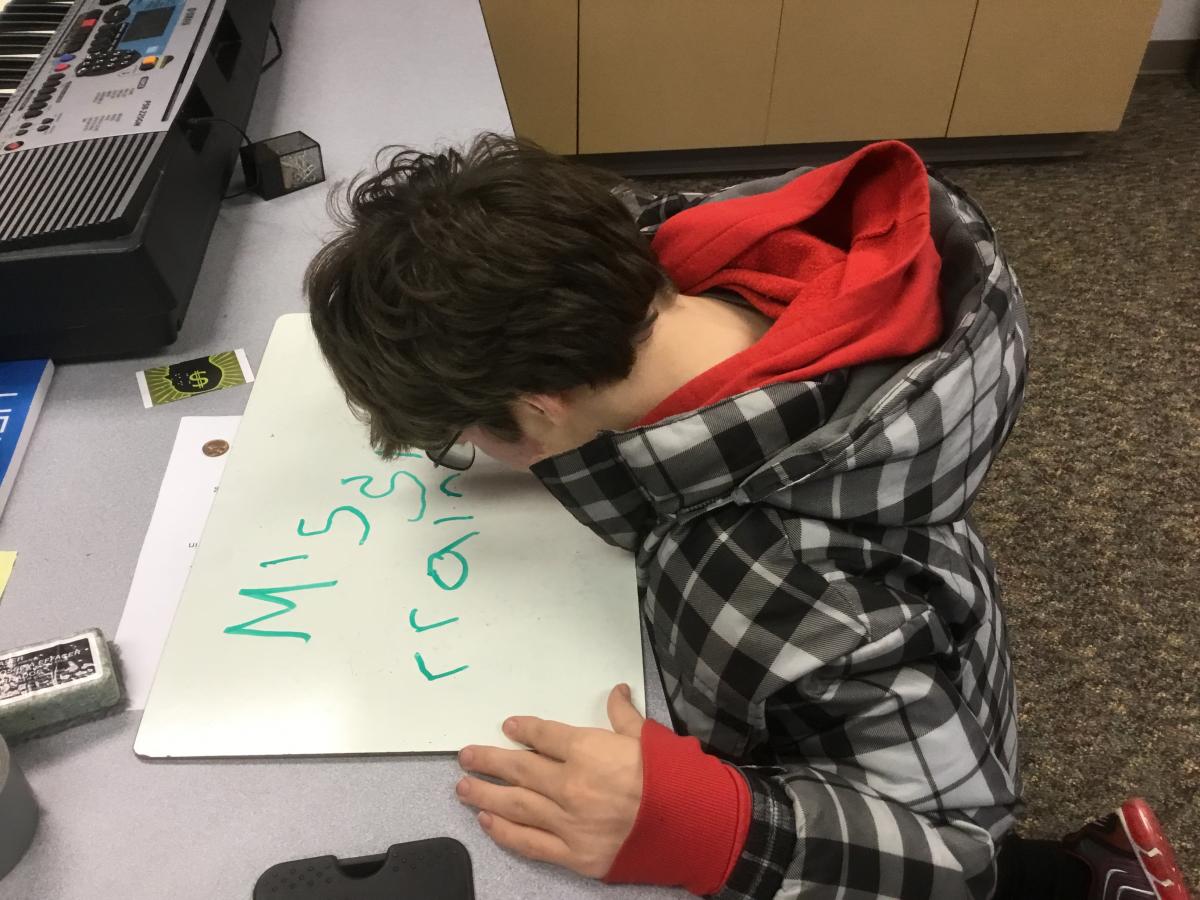
Essential Components of the Intervention
Linda Hagood suggests that all stories should include six essential components, although initially (as a pre-teaching activity) or as a follow-up activity peers may not necessarily be included. These components are:
- Building on all students’ strengths and interests; choice-making
- Including peers in all intervention sessions
- Building an atmosphere of play, with modeling and encouragement of varying levels of social play and symbolic dimensions of play
- Adult role is to be flexible & supportive, acknowledging, accepting and expanding on participant input, scaffolding between highly directive, highly participatory role and non-directive encourager and scribe
- Contexts for activity include predictable routines, consistent, accessible locations, adequate space for enactment and story creation
- Physical enactment, including the use of props and actions, should be included in all intervention sessions
Read more about the six essential components.
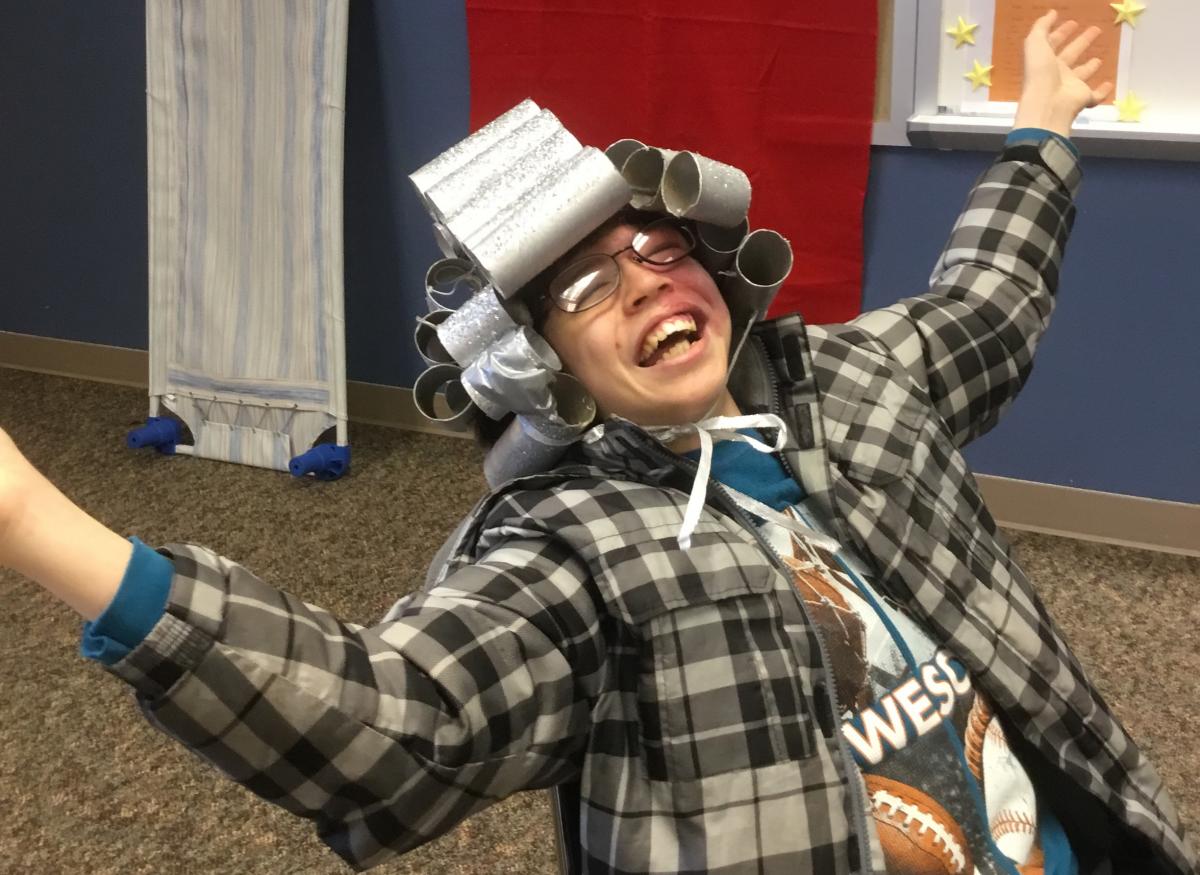
Incorporating the Essential Components into Collaborative Storytelling Activities
We recommend that you think about these 6 Essential Components when you are planning an activity, and use them again to reflect on the lesson afterwards, to think about what went well and what you might do differently next time. We invite you to download the forms for planning an activity and reflecting on instruction when you make your own videos. Please use whichever forms are helpful to you in the way that works best for YOU!
Planning the Next Story Creation Session
Planning, acting, observing, and reflecting are a continuous cycle, as is illustrated in the graphic below. Self-observation and reflection after each session should be built into the plan for the next session, so that you are repeatedly adjusting your intervention to meet the individual needs and interests of each student.
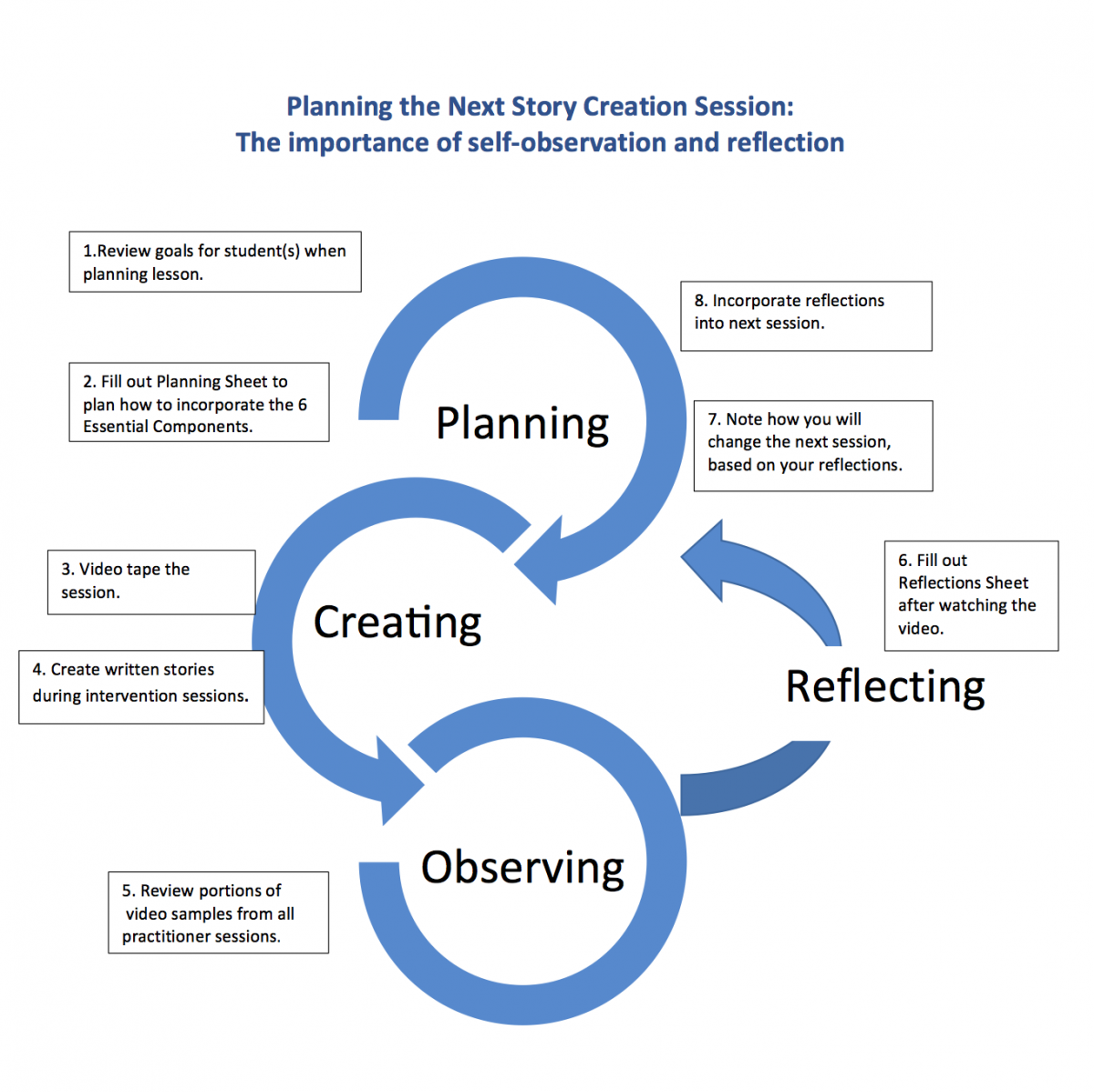
The steps in the process are:
-
Review goals for student(s) when planning lesson.
-
Fill out the Planning Sheet to map out how to incorporate the 6 Essential Components.
-
Video tape the session.
-
Create written stories during intervention sessions.
-
Review portions of video samples from all practitioner sessions.
-
Fill out the Reflection Sheet after watching the videos.
-
Note how you will change the next session, based on your reflections.
-
Incorporate reflections into next session.


